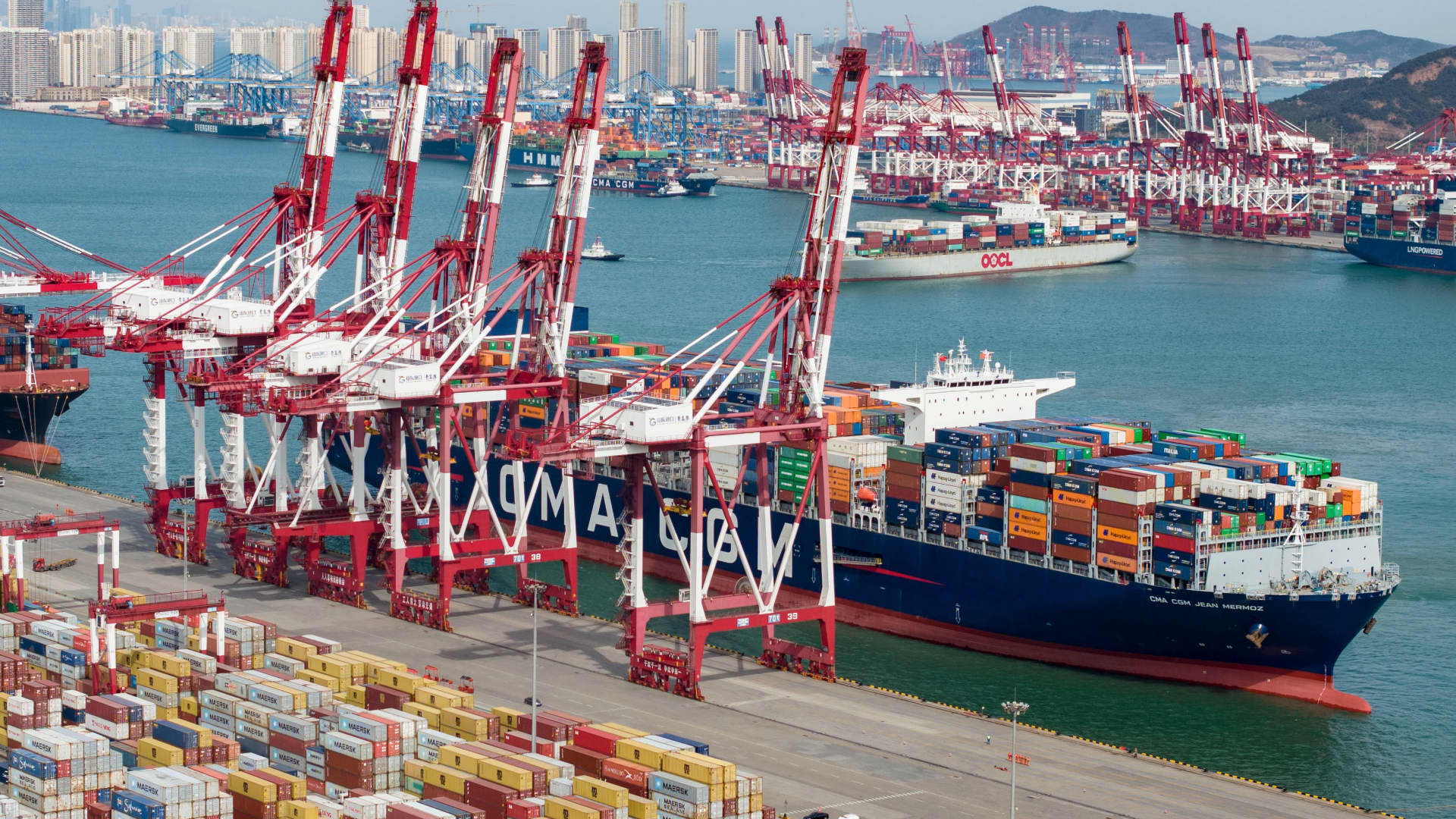A failed harvest followed by a wave of financial speculation sent cocoa prices on a roller coaster this year, rattling an industry that relied on cheap crops and labor.
This is not how things normally work in the cocoa market. For much of the last decade, the price of cocoa in a key global benchmark was around US$2,500 per tonne. Last year, after poor harvests in West Africa, the price began to rise – rising to $4,200 a tonne by December, a threshold not exceeded since the 1970s.
Then the financial speculators began to intervene – the betting prices would continue to rise. They drove the price to over $6,000 per ton in February, to $9,000 per ton in March, and to $11,000 per ton in mid-April. Since then, the price has fluctuated wildly, falling nearly 30 percent in just two weeks before rising again. On Thursday the price was $8,699 per ton.
Major food companies have raised prices and warn they will have to continue to do so if cocoa does not stabilize. Companies that use more pure cocoa – instead of the palm oil and other fillers found in many chocolate bars – will be hit hardest, although some premium chocolate makers note that they have always paid much higher prices to be fair to farmers compensate.
It doesn’t look like the situation will calm down any time soon. Here’s what you need to know:
What happened to the cocoa harvest?
A combination of low rainfall, plant diseases and aging trees led to disappointing harvests in Ivory Coast and Ghana in 2023. The two countries produce about two-thirds of the world’s cocoa, so the shortage hit the global market hard. Moving on: The International Cocoa Organization recently forecast that global production will fall 374,000 tonnes short of demand this season, which ends in September, after a deficit of 74,000 tonnes last year.
There is no quick fix for this. Cocoa trees take years to bear fruit, giving farmers little incentive to plant more because they don’t know what the price of the crop will be when it bears fruit. Some may prefer to use more of their land for rubber farming or gold mining.
But while the loss of production underpinned the initial price increases, speculation from investors such as hedge funds took things to another level.
“Yes, there are fundamentals that trigger the move, but then these financial considerations come in and make the situation worse,” said Judy Ganes, a commodities consultant. “It’s about money.”
How is the world market price for cocoa determined?
Like any raw material, cocoa has many different prices.
In Ghana and Ivory Coast, the government sets a seasonal rate that cocoa farmers receive to protect them from the volatility of world prices. After market prices soared in April, Ivory Coast’s agriculture ministry agreed to raise that rate for the rest of the season – but it is still far less than the increase in global commodity markets.
In other countries, farmers receive market wages.
But big buyers like Hershey and Mondelez, as well as commodity traders, buy and sell cocoa on global exchanges, where they trade both physical beans and futures contracts that may require delivery of beans at a later date.
The global stock exchanges have disconnected prices from the reality on the farms.
The global benchmark for cocoa is a futures contract traded on the Intercontinental Exchange – and a buyer of that contract agrees to a price for a ton of cocoa beans to be delivered to one of several ports in the eastern United States.
A major factor in the price rise this year is that these futures contracts are settled with the physical delivery of the cocoa – meaning traders selling the contracts must have large reserves of cocoa beans on hand. This could lead to an upward spiral as traders are forced to buy more cocoa to replenish their inventories.
Trading volume can also influence how the price changes.
In January, the number of active cocoa contracts rose 30 percent year-on-year, data from the Commodities Futures Trading Commission shows. However, this trading volume fell sharply from April – when prices peaked – and the lower number of trades led to large price swings in the last two weeks.
Although prices have fallen from their peak, they are likely to remain elevated for some time, said Paul Joules, an analyst at Rabobank, “due to the systemic issues that will take a while to resolve.”
Carla Martin, a Harvard professor who studies the cocoa industry, said the broader market could look more efficient if farmers had more power to set prices based on their supply.
“There is actually a lot of money in cocoa, it is only captured at very specific nodes in the supply chain,” Ms Martin said. “The market itself doesn’t really solve such problems, the problems are solved by people.”
What does this mean for chocolate bars?
Chocolate prices are mostly rising. When Hershey and Mondelez, which owns brands like Cadbury and Toblerone, recently reported earnings, price fluctuations were a big topic of conversation.
Mondelez said it raised its prices by about 6 percent in the first three months of the year, Hershey by about 5 percent, and both said they would be willing to raise prices further if cocoa costs remained high. Both companies said their profits rose by double-digit percentages from a year ago as consumers continued to buy their products despite rising prices.
Luca Zaramella, Mondelez’s chief financial officer, told analysts on April 30 that the market was “overreacting” and that it would most likely correct in the second half of the year.
Still, he said, “it is absolutely important for us to prepare for the fact that cocoa may remain at these levels.” Mondelez could protect its profits, Mr. Zaramella said, by trying to secure large cocoa orders during market downturns or the Reduce costs for other inputs such as ingredients.
Some bean-to-bar chocolate makers, who have always paid a premium for the cocoa they source from smaller farmers, say they’re getting a different experience.
“The premium price of cocoa has never changed,” said Dan Maloney, who runs Sol Cacao, a chocolate company in the Bronx, with his two brothers. “It’s almost as if the tiered price has caught up with the premium price, but we’ve always paid premium.”
Mr. Maloney said he already pays $9,000 to $12,000 for a ton of premium cocoa, which he sources from farmers around the world, particularly in Latin America and Africa. Sol Cacao charges $8 for a 1.86-ounce bar, while a 4-ounce Hershey bar costs about $2.
Mr. Maloney said he raised these prices to ensure the quality of the product and the ethical treatment of farmers in the industry, which has historically exploited children and enslaved people as labor.
“They market chocolate as candy,” Maloney said of major manufacturers. “We market it more as a luxury, something to enjoy, like a bottle of wine.”
Some cocoa farmers see buyers like Mr. Maloney as allies who protect them from the whims of financial markets.
Gustavo Mindineros, a cocoa farmer who runs a producer cooperative in Tumaco, Colombia, said that when production was low, farmers tended to favor smaller buyers because they bought fewer beans at a higher price.
“The big companies guarantee volume, but they don’t recognize quality,” Mr. Mindineros said. “Smaller buyers recognize quality and pay a premium for it.”
Source link
2024-05-10 13:25:50
www.nytimes.com















